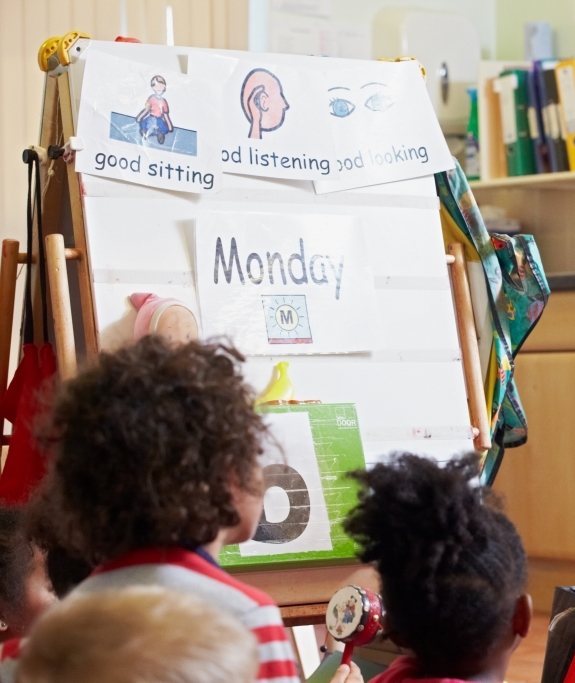Last month’s White Paper provides much for teacher educators to think about. Chapter Two lays out how the class of 2020 might train to teach. The pen portrait of Chris on page 34 has been painted to show a perhaps predictable picture involving school based training at a SCITT as part of a multi-academy trust. The involvement of HEI ‘Centres of Excellence’, as envisioned in the White Paper, is not that prominent. So, in the spirit of imagining ‘another future’ I’ve looked into the SIoE crystal ball and pulled out two potential alternatives…
It’s 2021 and Sonia and Waqas are in the final year of their 3 year degree level apprenticeships. They are both based in a coastal ‘cold spot’ school, Waqass in primary and Sonia in a secondary mathematics department. The school is part of a MAT with an established partnership with the Yorkshire and Humberside Centre of Excellence (based at, yes you guessed it, the SIoE…). Sonia and Waqas chose the new apprenticeship route as they are committed to work in the region. The apprenticeship ensures they stay in the region for five years – bursaries are now long gone and replaced by a guaranteed CPD package in return for working on the coast. Sonia and Waqas started their apprenticeship straight from college, and the modules in their degree credit their development as teachers. They also are part of a regional online community of subject experts led by the university. They rub shoulders with Teach First participants, PGCE student teachers and overseas teachers working in international schools. Local employers, alongside local government, have funded the apprenticeship/ golden handcuffs scheme as they agree that teacher recruitment and retention is a cornerstone of regional social and economic development.
2021 also sees Jack and Chloe register for their Education Doctorate in music and drama education. They’ve just finished their two year PGCE working at Masters level. The award is open to all QTS teachers and recruits nationally and internationally. The course is a partnership between a long established SCITT, two HEIs and a Conservatoire who together aim to develop subject specialists who will lead primary and secondary arts education at a national level. The teachers have the opportunity to work in the schools served by the SCITT and also develop as researchers in residence in posts jointly funded by the SCITT and the HEI consortium. They provide a sustainable solution to shortage subject teacher supply and are future leaders for their specialists, superseding the previous SLE and part-time HEI tutor stop-gap solution in the old School Direct era.
You may consider these vignettes to be the fanciful musings of a Marty McFly character or as unlikely as Isaac Asimov’s mechanical teacher (http://visual-memory.co.uk/daniel/funtheyhad.html). But ‘there is another way’ and just as Back to the Future was hit as well as miss in terms of predictions, the alternative futures imagined above give us the opportunity to plan ahead. These plans would benefit individuals and communities everywhere, supporting excellence developed in conjunction with local partners in schools, colleges and HEIs.
David Owen is the Head of the Department of Teacher Education

Leave a Reply